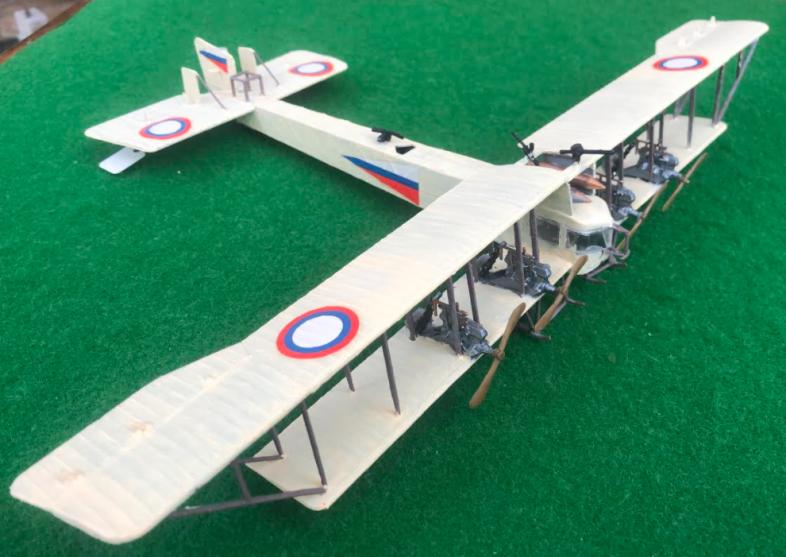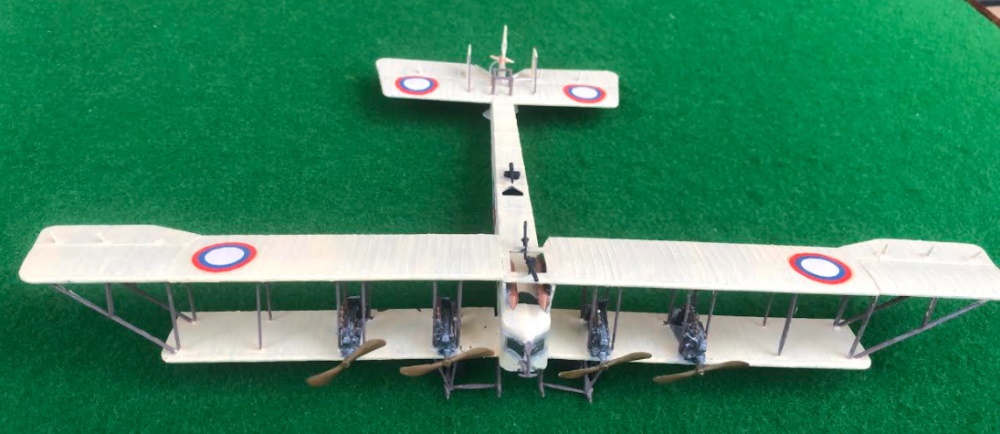Sikorsky Ilya Muromets
The Sikorsky Ilya Muromets (Sikorsky S-22, S-23, S-24, S-25, S-26 and S-27) were a class of Russian pre-World War I large four-engine commercial airliners and military heavy bombers used during World War I by the Russian Empire. The aircraft series was named after Ilya Muromets, a hero from Slavic mythology. The Ilya Muromets aircraft as it appeared in 1913 was a revolutionary design, intended for commercial service with its spacious fuselage incorporating a passenger saloon and washroom on board. During World War I, it became the first four-engine bomber to equip a dedicated strategic bombing unit. This heavy bomber was unrivaled in the early stages of the war, as the Central Powers had no aircraft capable enough to rival it until much later.
With the beginning of World War I, Sikorsky was encouraged by the results of the proving flights to redesign the aircraft to become the “Military Ilia Mourometz, Type V, the world’s first purpose-designed heavier than air bomber. Internal racks carried up to 800 kg of bombs, and positions for up to nine machine guns were added for self-defence in various locations, including the extreme tail. The was the first aircraft in history to incorporate a tail gunner position. The engines were protected with 5 mm-thick armour.
As WWI broke out, only two Ilya Muromets bombers were completed out of an initial production run of ten aircraft. In August 1914, the Ilya Muromets was introduced to the Imperial Russian Air Service and on 10 December 1914, the Russians formed their first ten-bomber squadron, slowly increasing the number to 20 by mid-1916. Operations with the heavy bombers began on 12 February 1915 with a raid on German frontline positions..
83 Ilya Muromets bombers were built for the Russian forces between 1913 and 1918. Due to systematic weapon upgrades, the effectiveness of bomb-dropping reached 90%.


